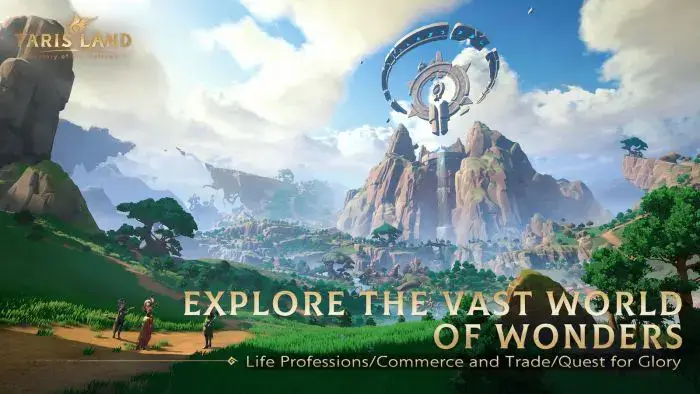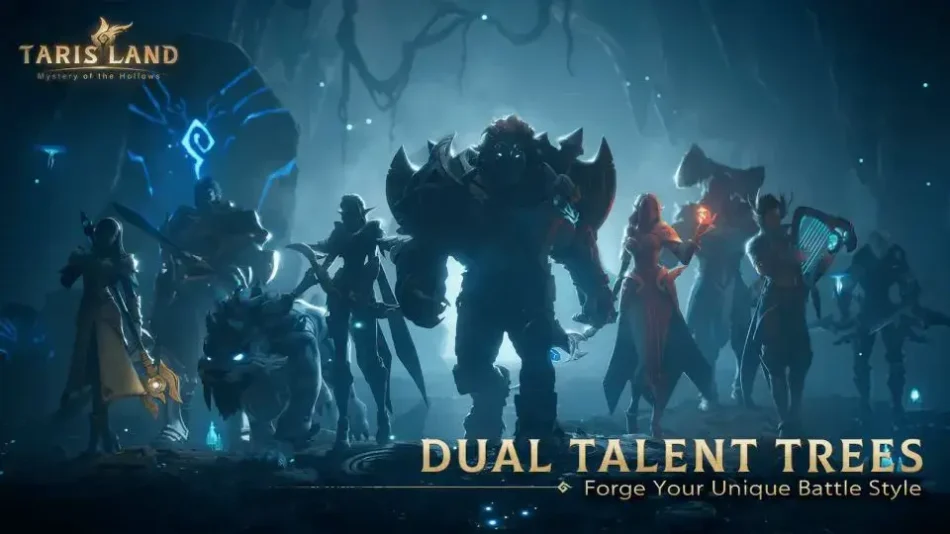Back in 2023, World of Warcraft (WoW), one of the most popular MMORPGs in the world, a game that was equally popular in China with a large following, was temporarily taken offline due to a licensing dispute between developer Blizzard Entertainment and its Chinese publisher NetEase.
This left a massive gap in the MMORPG market of China for the duration of this dispute. Following this news, a Chinese developed MMORPG named Tarisland was announced for release in 2024. Gamers immediately recognised that Tarisland was very similar to WoW and it was clearly an attempt to fill the void that WoW had left.
Such a similar game to WoW, is theorized to have pressured Blizzard to close out their dispute with NetEase, and the game came back online in August 2024, a few months after Tarisland had launched.
However, the threat was possibly overstated because Tarisland struggled to find a strong userbase, and managed only around 10,000 players in China, and not even 1,000 in the West, whereas Blizzard regained its millions of users. Many players actually commented that Tarisland isn’t a WoW clone at all, it just had a similar style to WoW.
At any rate, Tarisland experienced negative reviews, which focused around its pay to win aspect, cheaters and rushed development. The game is also more casual than competitive in many areas, which didn’t suit the type of players who gravitate towards MMORPGs in China. Casual players generally follow after more hardcore players when selecting games to focus on, and when neither population gathers in a game, the game is likely to fail.
This led to Tarisland being yet another victim of the “WoW killer” war that WoW has consistently won for decades. WoW’s success clearly makes it a target for other developers to take a slice of their popularity, by mimicking their successes and providing alternate solutions to its weaknesses.
Tarisland was short-sighted in that it doesn’t seem to have been designed to be better than WoW, but rather to simply fill the gap that WoW had left when it went offline.

Some comments at the time of its announcement were:
“Somewhere in the future: ‘Tencent’s World of Warcraft clone, Tarisland, fails globally’.”
“I get why people say this is a WoW clone, but does no one see that the game play is Wildstar-based? This just looks like if they took the assets of WoW and Wildstar to mash them together?”
“It seems so blandly Korean, which is weird considering where it’s actually from.”
“This game looks fine; people dogpiling it doesn’t make sense to me, other than the blatant hate around here for Asian MMOs.”
“Nah I’m good.”
Currently WoW isn’t even the most popular MMORPG in China; Dungeon Fighter Online continues to hold that title, a popular Korean developed game that has also gathered hundreds of thousands of loyal fans over the years.
The competition between WoW and Tarisland is reminiscent of how League of Legends was copied by a Chinese developer into the game “Honor of Kings”. Released in 2015 (developed by TiMi Studio Group and published by Tencent Games), Honor of Kings eventually surpassed League of Legends in China to become the most popular MOBA style game on offer, and one of the most popular games on the Chinese market, often dominating the #1 download spot, alongside other games such as Genshin Impact and Peacekeeper Elite.
While Tarisland failed to come close to eclipsing WoW, China’s game development market is sure to continue to try to edge it out of the market with a similar offering that suits Chinese players more. After all, WoW was originally developed for a Western market, with the intention to suit Western players; updates came to China much later and the region was not really a priority to Blizzard.
Not to mention WoW is an incredibly old game, first released in 2004 in the US, and 2005 in China. It’s more than 20 years old and is showing signs of its age when compared to the newer games with better gameplay and graphics.
Interestingly, all the top MMORPGs in China are quite old games, which is very similar to the Western game market. The top 10 is filled with games that are 20, 15 or 10 years old. There are very few new games that have taken a top spot. Some consider that this indicates that this genre of game is simply just not that popular anymore to develop for.
The mobile gaming market seems much more lucrative for developers these days, and that’s represented in the fact that there haven’t been any decent alternatives to these MMORPG giants that have dominated their genre for years.
What will be the next WoW killer attempt by China? We’ll have to see, but every year, there are multiple attempts. Will one eventually succeed or not?







